PROTECT YOUR DNA WITH QUANTUM TECHNOLOGY
Orgo-Life the new way to the future Advertising by AdpathwayThe Breezer Radar X Pro is a steel drop-bar gravel bike with big tire clearance, plenty of mounting points, and a dependable build kit, all for $2,000. Does its unique geometry and fit complement its impressive list of features, or is it holding it back? Read on for Miles’ review with thoughts on where it falls between a gravel and drop-bar mountain bike…
When folks think of the early days of mountain biking, many picture iconic framebuilders like Tom Ritchey and Gary Fisher. However, right there beside Tom and Gary was their good buddy Joe Breeze, who’s praised for making the world’s first mountain bike. The JBX1 “Breezer 1” was hand-built by Joe in 1977 and was a step up from the modified cruiser frames he and his friends used to bomb down steep fire roads on. Cruiser bars and standard brake levers were swapped out for parts from motorcycles, thumb shifters were adapted from five-speed touring bikes, and rim brakes replaced the coaster brakes that would inevitably overheat, forcing riders to regularly repack them with grease. That’s precisely what inspired the bike events called “Repack Races” in Marin County, California.
Sometime in the following decade, although it’s hard to know precisely when, drop bars found their way onto mountain bikes as a way to offer more hand positions on long rides. You can learn more about the history in our drop-bar mountain bike roundup, but to summarize: early adopters included Cunningham, Jacquie Phelan, and John Tomac, and the first production drop-bar mountain bike was the Bridgestone MB-1.
While mixing mountain bike tires, off-road geometry, and drop bars might seem counterintuitive to some, this interesting sub-genre has really caught on over the last few decades. These days, most bike brands offer some take on the category, and riders praise them for providing aerodynamic benefits and more hand positions than their flat-bar counterparts, creating a solid foundation for mixed-terrain, dirt-road touring.
If one thing is certain: drop-bar bikes have steadily become more off-road capable. It wasn’t long ago that clearance for 2.2″ tires was unusual, but these days, it’s not uncommon to find drop-bar bikes equipped with anything from 2.4″ to 2.6″ mountain bike tires. In our Drop-Bar 29er Gear Index, which was originally published in 2020, we listed 29 x 2.1″ tire clearance as the minimum tire size, but that’s already starting to feel slightly antiquated.
Evolving Standards and the Radar X Family
When examining the sea of bikes that can be categorized as drop-bar mountain bikes, labeling them all the same way isn’t a fair representation of the many existing sub-genres. It’s essential to distinguish between a relaxed drop-bar mountain bike and more racy gravel bikes that often feature large tires. On one side of the spectrum, there are true drop-bar mountain bikes such as the Chumba Yaupon, Salsa Fargo, Tumbleweed Stargazer, Cotic Cascade, Surly Ghost Grappler, Otso Fenrir, and Kona Sutra ULTD. These bikes set themselves apart from sportier models with higher stack heights and a more upright riding position that often play nicely with short-travel suspension forks. Then some bikes lean further toward a traditional gravel bike, with lower stack heights and a more “performance” fit, including the Bearclaw Beaux Jaxon, Curve GMX+, Otso Warakin, Pipedream Cycles A.L.I.C.E., and Breezer’s Radar X family.
The Breezer Radar X and Radar X Pro were introduced into Breezer’s drop-bar lineup in 2020, and although they’re part of the Radar family, the frame specs and geometry differ entirely from the others. The standard Radar lineup has fewer gear mounting provisions, a more upright riding position, a steeper head tube angle, and the tire clearance maxes out at 700 x 50mm. On the other hand, the Radar X and Radar X Pro have clearance for 29 x 2.5″ tires, a longer and slacker front end, more mounting points for gear, and a beefier overall construction. Between the two sub-series, the Radar X lineup is better suited for off-road riding, the occasional stretch of singletrack, and overbiking on drop-bar terrain.
The Radar X and Radar X Pro are centered around the same double-butted 4130 Chromoly steel frame and fork, the only difference being that the Radar X features a slightly more affordable build kit, priced at $1,699, compared to the Radar X Pro at $1,999 USD. All things considered, both models offer excellent value. Both feature promising specs, including a threaded bottom bracket, boost hub spacing, disc brakes, and a large main triangle with plenty of room for multiple bottles or massive frame bags.
Mounting cages, cargo, and racks is a cinch thanks to two sets of main triangle bosses, downtube mounts, top tube mounts, and an additional set of three-pack eyelets on the drive-side seat stay. I don’t know why they didn’t reflect that on the other side of the bike. I’ve seen some versions of the bike with two sets, which is confusing. The fork has three-pack mounts, mid-fork eyelets on the inside, a fork crown hole, and a lower rack mount. There are standard rear rack and fender mounts, with the bonus of two lower mounting points, which makes accommodating different racks or bag setups a simple task.
The Radar X frame has a classic aesthetic with a slightly sloping top tube, a tall head tube, a relatively short rear end, and external cable routing, all paired with a categorically long front end. The Radar X features external gussets at the top tube/head tube junction and the down tube/head tube junction. There’s no dropper post port on the seat tube, which seems like an oversight for a bike with so much tire clearance. However, a 30.9mm seatpost means you could easily add one with some DIY or external cabling.
Compared to the standard Radar series, the Radar X has larger diameter tubing, additional frame reinforcements, and a significantly burlier fork, all of which contribute to its strength and off-road capability. It also adds weight. The complete Radar X Pro I tested weighed 30.7 pounds (13.9 kilograms) without pedals, which is undeniably heavy for a bike in this category, but the components are affordably specced and don’t prioritize weight savings. As I discovered over the last few months of testing, a heavy bike isn’t always a bad thing.
Geometry and Ride Quality
The Breezer Radar X isn’t just a gravel bike with big tires or a mountain bike with drop bars. In fact, the Breezer Radar X is somewhat of an outlier when compared to other bikes that flirt with both categories. It has longish 444mm chainstays, a stable 75mm bottom bracket drop, and a 69.5° head tube angle, which puts it right in line with the Kona Sutra LTD. However, the front end of the bike tells a different story.
Thanks to a lengthy top tube, the Radar X has a uniquely long front end. At 6’1″ with a 33″ inseam, I usually reach for 58cm or 60cm (L/XL) gravel bikes, but Breezer pointed me toward a 54cm Radar X Pro, which is their large. It’s a long bike. Its extra-long reach is nearly 3cm longer than that of a similarly sized Salsa Cutthroat or Sutra LTD, and the largest Otso Warakin’s reach isn’t even as long as the smallest Radar X.
Curve’s GMX+ is another bike in this category that fits big, often requiring riders to size down from what they’d usually choose. When I reviewed the titanium GMX+ a few years ago in Australia, I ended up on a size extra-medium, which had a reach/top tube length that was at my limit for long-distance rides and bikepacking. It’s even longer than the Radar X family, with a size small being the closest comparable size to the large Radar X Pro I tested. Although the GMX+’s titanium frame provides a next-level ride quality and a much lighter build, both bikes offer a similar overall experience as drop-bar overlanders.
There aren’t many cases where I recommend converting a gravel bike to a flat-bar setup, but the Breezer Radar X is one of them. Coupled with that length is a lower-than-expected front-end, so anyone interested in the Radar X platform must take a good look at the geometry chart, get to know BikeInsights.com, and compare it to something you’ve ridden.
Right out of the box, the 54cm Radar X Pro felt way too long for me to tackle long rides on, so I swapped out the included 80mm stem with a 60mm one. A few years ago, I reviewed the Crust Towel Rack handlebar because I fell in love with its sweep and shallow drop, which would have improved the fit further, but the stock Breezer Big Bar unfortunately adds to the Radar X’s somewhat aggressive stance.
Although the length and fit of the Radar X Pro had me holding back on technical terrain, preferring to stick to gravel roads over singletrack, its length, 2.25″ tires, and construction made for one of the most stable drop-bar bikes I’ve ridden. It’s a bit of a tank, which is great for newer riders or bikepackers, or for anyone who doesn’t get along with twitchy or wiggly bikes. It does a great job of holding its line, even when navigating rough forest service roads, and all that extra weight only improves its overall stability.
Breezer Radar X Geometry
| Seat Tube Length | 450 | 480 | 510 | 540 | 570 | 600 |
| Top Tube, Effective | 580 | 590 | 600 | 610 | 623 | 642 |
| Head Tube Length | 120 | 120 | 155 | 170 | 170 | 190 |
| Seat Tube Angle | 74° | 73.5° | 73° | 73° | 73° | 73° |
| Head Tube Angle | 69° | 69° | 69° | 69° | 69° | 69° |
| Chainstay Length | 444 | 444 | 444 | 444 | 444 | 444 |
| Wheelbase | 1099 | 1103 | 1110 | 1122 | 1136 | 1155 |
| Bottom Bracket Drop | 75 | 75 | 75 | 75 | 75 | 75 |
| Fork Offset | 51 | 51 | 51 | 51 | 51 | 51 |
| Stack | 568 | 568 | 601 | 615 | 615 | 633 |
| Reach | 417 | 421 | 421 | 422 | 435 | 448 |
| Standover | 775 | 788 | 818 | 839 | 853 | 872 |
| Stem (mm) | 70 | 70 | 80 | 80 | 80 | 90 |
I wouldn’t describe the ride quality of the Radar X Pro as particularly lively or responsive, but it makes up for this with its ability to confidently carry bags and other gear and charge into pretty much any terrain. Unfortunately, my riding position didn’t take full advantage of these characteristics, as I’d prefer a much more upright and less stretched-out stance to take full advantage of the Radar X Pro’s impressive features. Perhaps more headset spacers and a different handlebar would help achieve this, but this is a case where I think Breezer may have missed the mark on the geometry.
Bikepacking on the Radar X: Like a Breeze
The Breezer Radar X Pro shines when it’s loaded up with racks and gear. Not only does the assortment of mounting points make it easy to attach cargo to, but it also has a roomy main triangle that leaves ample room for two bottles and a half frame bag or a massive full frame bag, like I’ve been doing. My size large Porcelain Rocket (now made by Rockgeist) 52hz “gravel” frame bag fit the 54cm Radar X Pro almost perfectly, which is saying something because I think the last bike with a big enough triangle for that bag was the size 58.5cm Bearclaw Beaux Jaxon I reviewed in 2019.
Despite feeling a bit too stretched out, I think the size large (54cm) Radar X Pro is the correct fit for me. Sizing down would have only lowered the front end of the bike further, and there’s a chance I’d have toe overlap issues with the front tire, which is already a little tight for my liking. Sizing up was out of the question, as the stack height is the same for both the large and extra-large frames, but the effective top tube length increases by 13mm. As mentioned earlier, I think I could have achieved a more comfortable long-distance fit with a new bar and even shorter stem.
The Radar X Pro’s long wheelbase, low bottom bracket, and chunky (for a gravel bike) tires make for a stable platform for bikepacking. Unloaded, the bike holds its line and has very predictable handling on both pavement and gravel. Loaded up with gear and racks, as I did this spring for some early-season bikepacking, it feels remarkably planted.
I had the Radar X Pro set up with a Tumbleweed T-Rack and mini panniers out back, my cavernous frame bag, and the Rawland Rando Rack up front. I bolted a bottle cage onto the fork leg and had leftover mounts to add additional cargo on the downtube and the seatstay bosses, if needed. It’s one thing to plaster mounts all over a bike, but the bike actually handling the weight of all that extra gear is a different challenge. Breezer set out to achieve this with the Radar X series, and they succeeded. There’s no unwanted flex or wobble in the frame or fork, and the bike pedals smoothly and comfortably over long distances.
Breezer Radar X Pro Build Kit
Breezer specs the Radar X Pro with fast-rolling WTB Nine Line 29 x 2.25″ tires, which is great to see on an off-road capable drop-bar bike. With lots of tightly packed lugs, the Nine Line might feel overkill for a drop-bar bike, but if you’re looking for something that can commute, tackle long gravel rides, and go bikepacking, it’s a functional and versatile option. There’s also plenty of extra clearance for larger tires, so it’s not out of the question to upgrade to larger rubber if rough terrain is expected. I measured approximately 0.5″ of clearance on both sides of the front and rear tires, with between 0.5″ and 0.75″ on top. I was able to fit a true 29 x 2.5″ tire in the front with plenty of clearance.
Earlier, I praised the weight of the bike, which would be fine if Breezer specced a suitable drivetrain, but the 11-42T cassette and 38T chainring don’t quite hit the mark. While bikepacking, I was regularly wishing for easier gears on long, steep climbs. The gearing is fine for rolling hills and short climbs, but that’s not usually the case here in British Columbia. I would have loved to see Breezer take advantage of a mullet-style 1×12 drivetrain using a GRX/XT mix like the Esker Lorax Logan reviewed or even a MicroShift Sword groupset with an 11-48T cassette.
Radar X Pro Build Kit
- Frame: Breezer butted chromoly steel
- Fork: Chromoly disc, rack, fender, and side bottle mounts
- Headset: FSA 1 1/8″ Semi-Integrated
- Stem: Breezer B-Road, 3D-forged 6061 stem body, +/-7 degree
- Handlebar: Breezer Big Bar, 6061 alloy, 50cm
- Tape: Selle San Marco Presa Corsa Dynamic
- Brakes: Shimano GRX hydraulic, 160mm rotors
- Seatpost: Breezer setback, 6061 alloy
- Saddle: Selle San Marco RND Start Up
- Wheels: WTB ST i23 TCS disc
- Hubs: Formula sealed bearing hubs
- Cranks: FSA Afterburner Modular DM, 38T
- Rear Derailleur: Shimano GRX 812, long cage
- Shifters: Shimano GRX 600, 11-speed
- Cassette: Shimano Deore, 11-42T
- Chain: KMC X11
- Tires: WTB Nineline TCS, 29 x 2.25, lightweight casing
- Bottom Bracket: FSA Mega-Exo BSA
At $1,999 USD, the Radar X Pro build is a step above an entry-level gravel bike, but it offers good value. For $1,000 more, you could snag yourself the Kona Sutra LTD, which has better gearing, a dropper post, and a more upright riding position. For around $500 more, you get a Cotic Cascade with a SRAM Apex drivetrain. The Surly Grappler is also priced at $1,999 USD and comes with a dropper post and gearing more suitable for bikepacking but rolls on big 27.5″ tires that will be inherently slower than the Breezer.
When you start to dig into it, the Breezer Radar X Pro sets itself apart from the competition with its steel frame and fork and generous tire clearance. It fits neatly into a slightly above entry-level price point that’s far less common these days, with most complete builds starting closer to $3,000. Of course, there’s the wallet-friendly State 4130 All-Road, with builds starting at just $1,000, but it features some questionable State-branded components that aren’t comparable with Breezer’s name-brand build kit.
Parting Thoughts
After some digging, it turns out $2,000 steel gravel bikes with mountain bike tires aren’t all that common. I find this somewhat surprising, as $2,000 hits a sweet spot that’s still relatively affordable but not so much that you’ll question the reliability of the components or frame. What you get is an overbuilt gravel bike that handles like a tank (mostly in a good way), with a practical list of specs and features, including above-average tire clearance, lots of mounting points, and a stable platform that’s great for bikepacking.
However, it’s not all perfect. The distance between the saddle and the handlebars is above average, making for a fairly stretched-out riding position. It’s so long that it throws a wrench at my thoughts relating to stability and control, because I don’t associate this type of riding position with either of those characteristics. I shared similar thoughts in my review of the Bearclaw Beaux Jaxon, which happens to share an equally confusing mix of specs: big tires, drop bars, and aggressive gravel bike geometry.
If I think I need 2.2 to 2.4″ tires, I’d reach for either a flat-bar ATB, such as the new Hudski Dualist, or a drop-bar mountain bike with a more upright riding position. Much of this comes down to personal preference and your riding style. I could see ex-roadies and gravel bike lovers getting along with the Radar X Pro’s geometry just fine, which is what some of our readers echoed in my Beaux Jaxon review.
If you consider yourself a little sporty but want the benefits, improved rollover, and stability of mountain bike tires, then the Breezer Radar X lineup is worth considering. It offers a lot for its price, and there’s also the standard Radar X for $1,699, which features a slightly more affordable build kit.
- Model/Size Tested: 2025 Breezer Radar X Pro, Size 54/Large
- Actual Weight (no pedals): 30.7 pounds (13.9kg)
- Place of Manufacture: Taiwan
- Price: $1,999 USD (complete)
- Sizes Available: XS, S, M, L, XL
- Manufacturer’s Details: BreezerBikes.com
Pros
- $2,000 price tag offers great value for a big-tired steel gravel bike
- Build kit is reliable and functional, but gearing could be improved for loaded bikepacking
- Stable and predictable geometry and handling, both loaded and unloaded
- All the mounting points you could ever need
- Beefy steel frame feels solid and handles the weight of racks and bags naturally
- 29 x 2.5″ tire clearance is overkill, and awesome
Cons
- Why so long, Breezer!? The long reach and effective top tube can make finding a comfortable fit a challenge
- 11-42T cassette and 38T chainring don’t cut it
- Doesn’t have that classic gravel bike liveliness, not surprising considering its length, tire size, and weight
- Seems like there should be three-pack mounts on both seatstays
- Some foot size/frame combinations might have toe overlap with front tire
Wrap Up
I’ve now tested a few big-tire gravel bikes that fall into a similar category as the Breezer Radar X Pro, including the now-defunct Landyachtz AB-ST and the Bearclaw Beaux Jaxon. I stand by my angle for the Beaux Jaxon review, which centered on the idea that bikes with slightly racy riding positions, big tires, and drop bars can be difficult to understand for anyone who isn’t a total drop-bar convert. If I’m riding on terrain that calls for anything close to the 2.5″ tires the Radar X Pro can handle, I prefer riding wide flat bars for the control and stability they offer. Although the Radar X Pro is so long that it’s a perfect contender for a flat-bar conversion, and I don’t use those words lightly.
For anyone who prefers the hand positions and aerodynamics of a drop-bar setup but wants to push their gravel riding into rougher, more remote terrain. The Breezer Radar X Pro has a lot to offer. Not only is it affordable, especially when compared to bikes in the same niche, but it also boasts an impressive lineup of specs and features that add to its value. Specs like massive tire clearance, external cable routing, a 4130 Chromoly steel frame and fork, a threaded bottom bracket, and boost hub spacing make wheel swaps and upgrades that much easier, leaving little to be desired. The only hitch is that you have to take a good look at its geometry, particularly its length, and decide if you can achieve the riding position you’re seeking. I got very close with just a simple stem swap, and a handlebar with a shorter reach and shallower drop would have gotten me 99 percent of the way there. The Radar X Pro is bursting with potential, but I’d be excited to see a version with slightly more stack height and a touch less top tube, perhaps the Touring version. That’s some bikepacking bike of the year potential right there.
Further Reading
Make sure to dig into these related articles for more info...
Please keep the conversation civil, constructive, and inclusive, or your comment will be removed.


 4 weeks ago
6
4 weeks ago
6

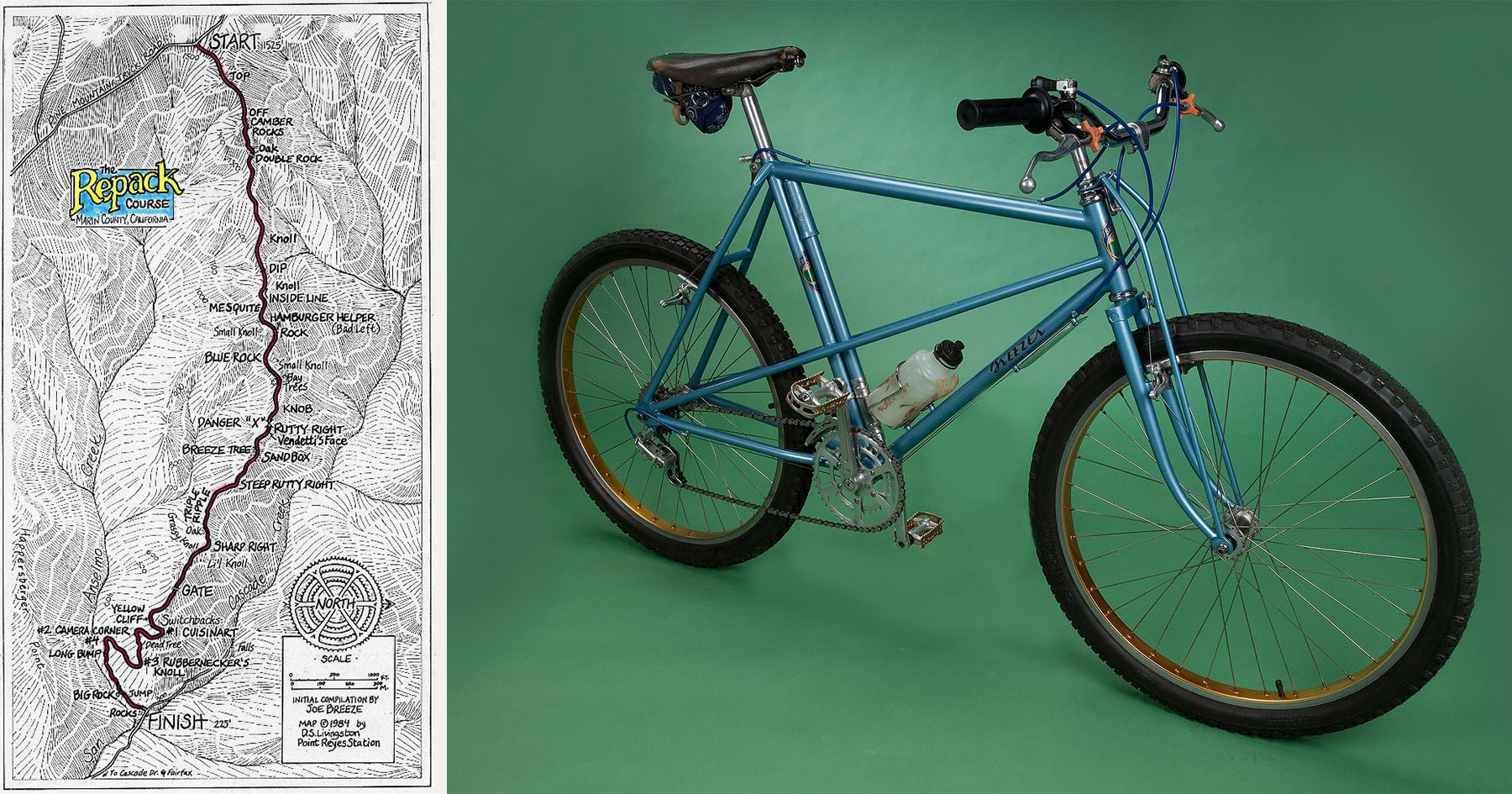


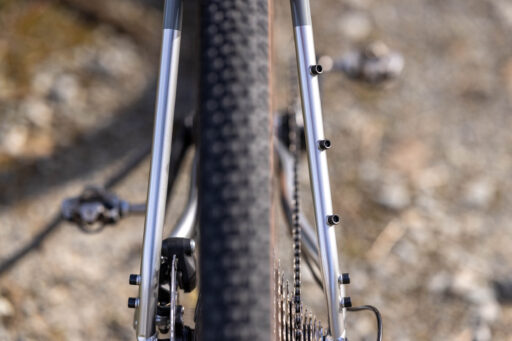

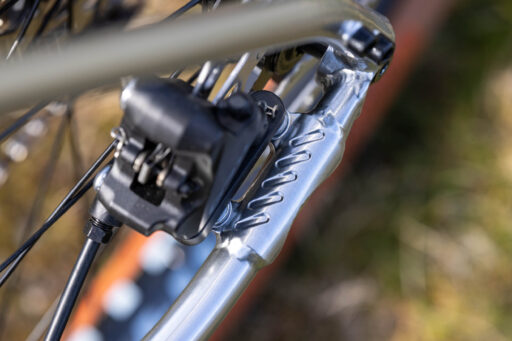

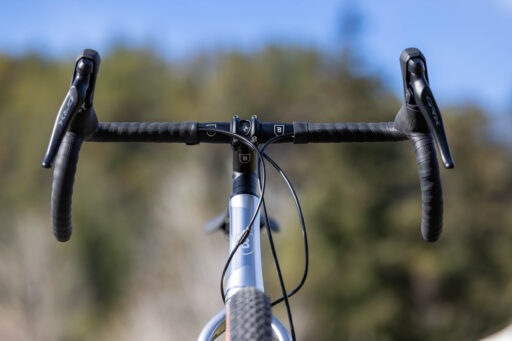

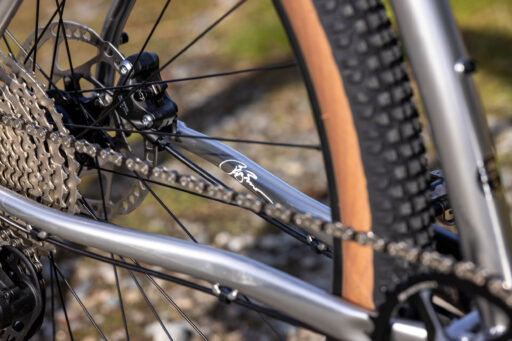
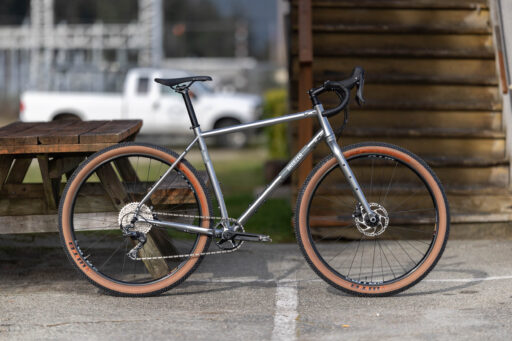
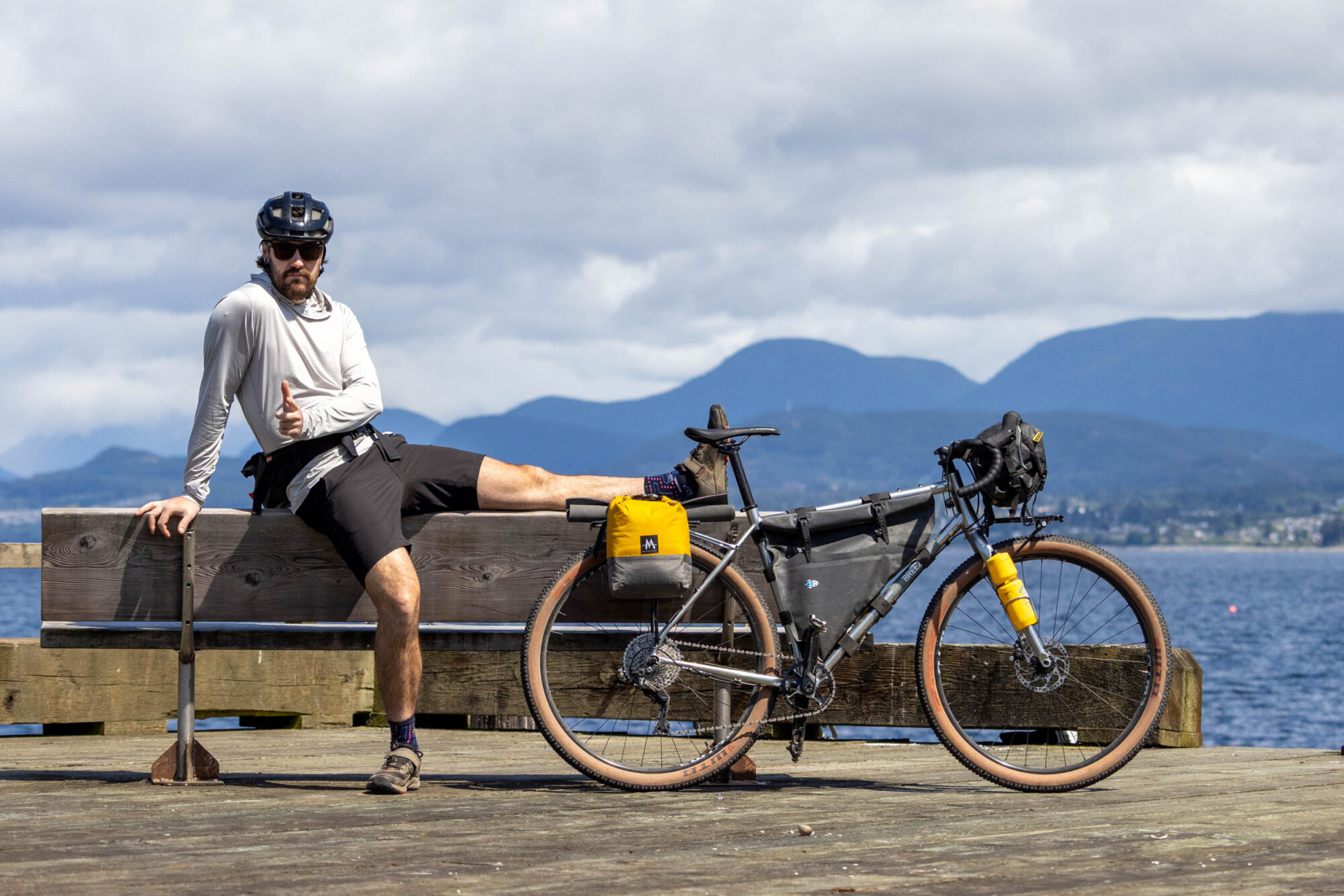
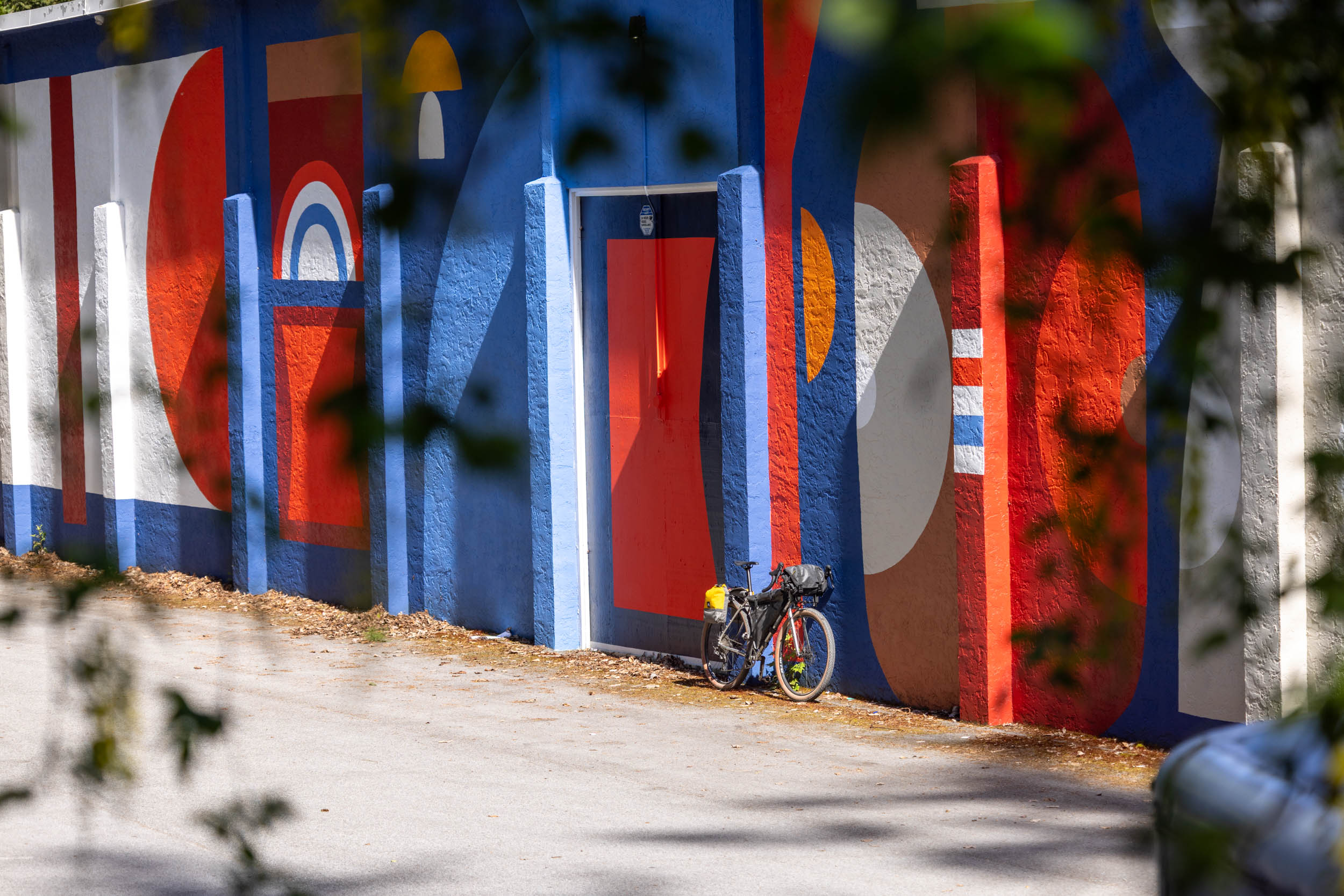


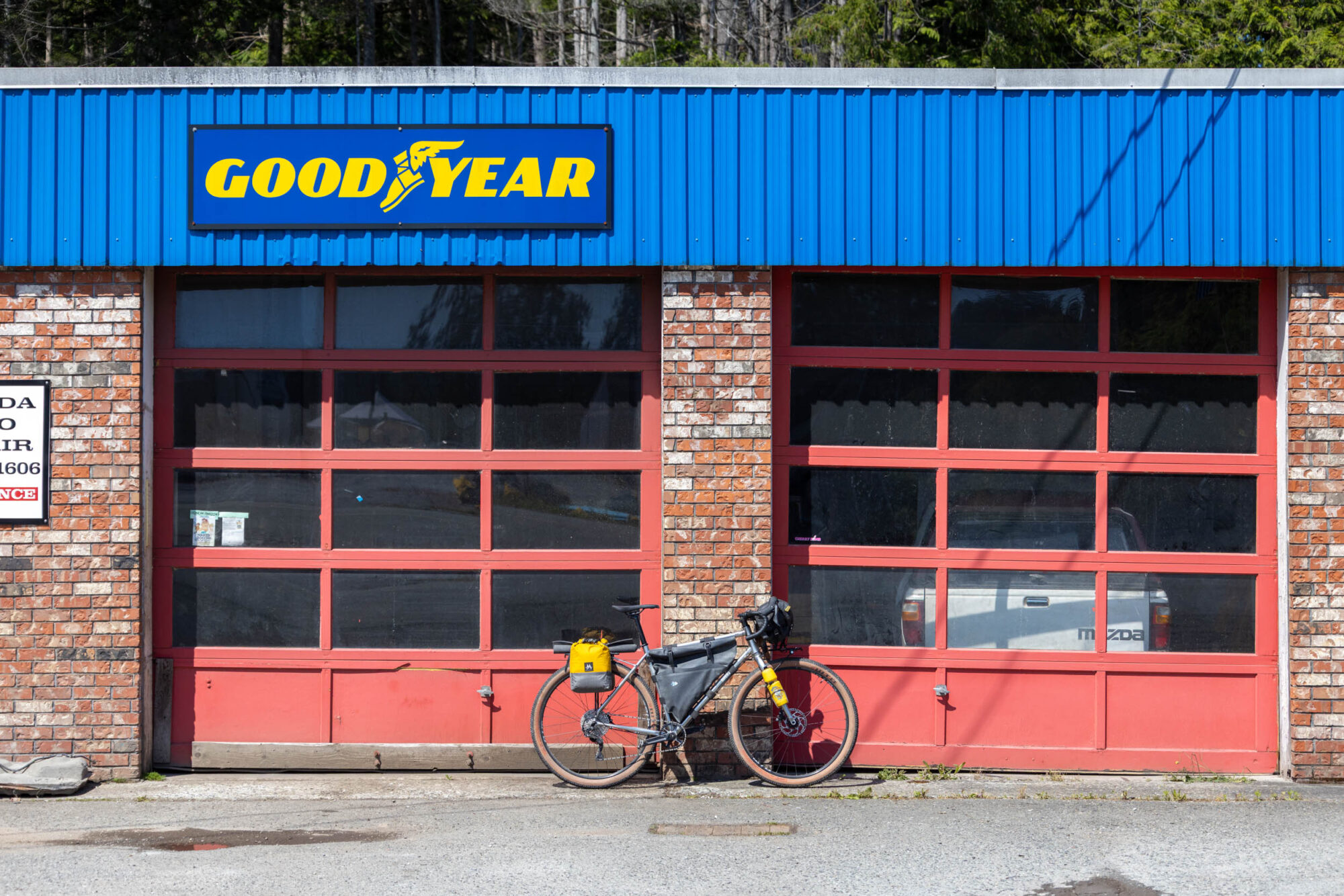
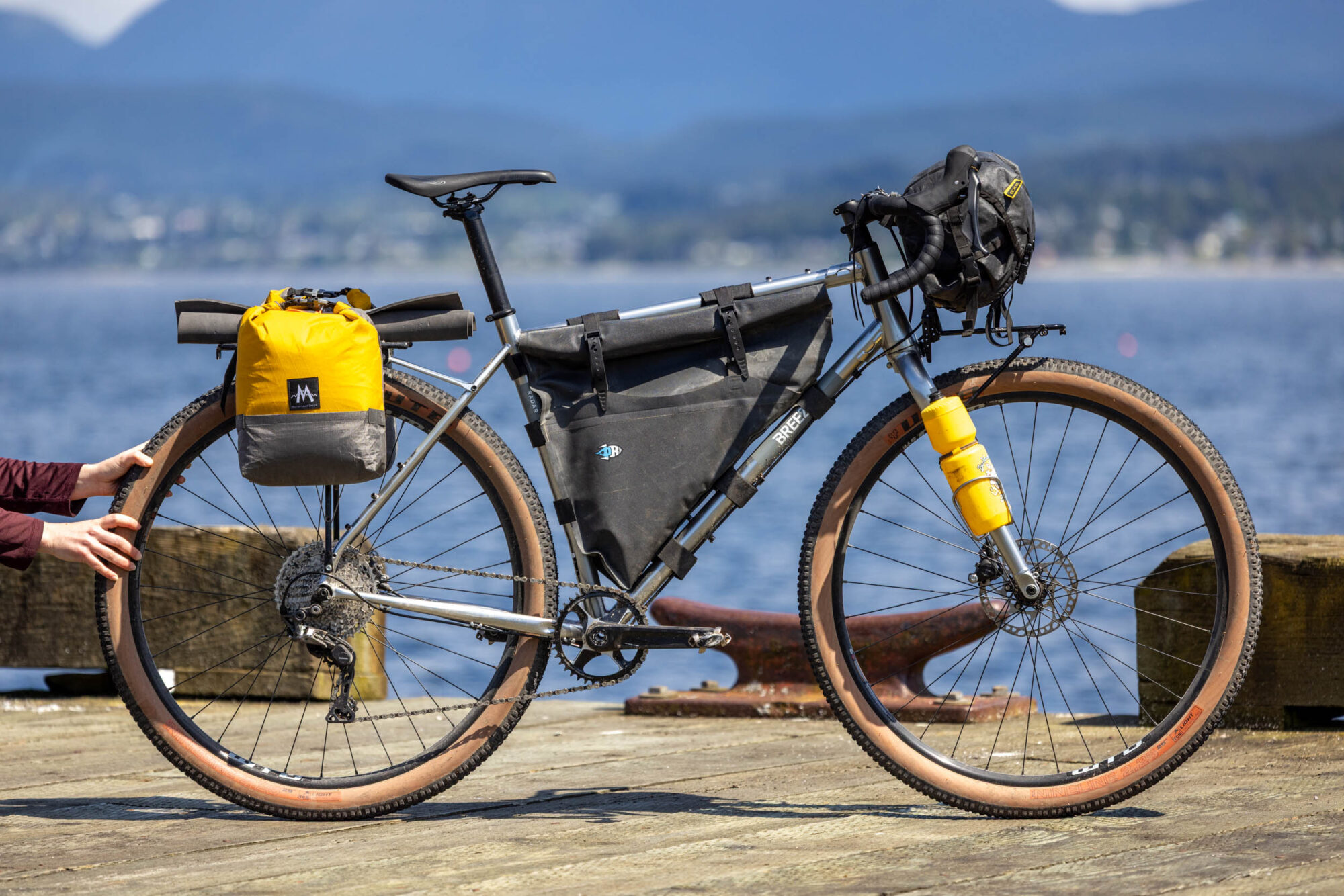

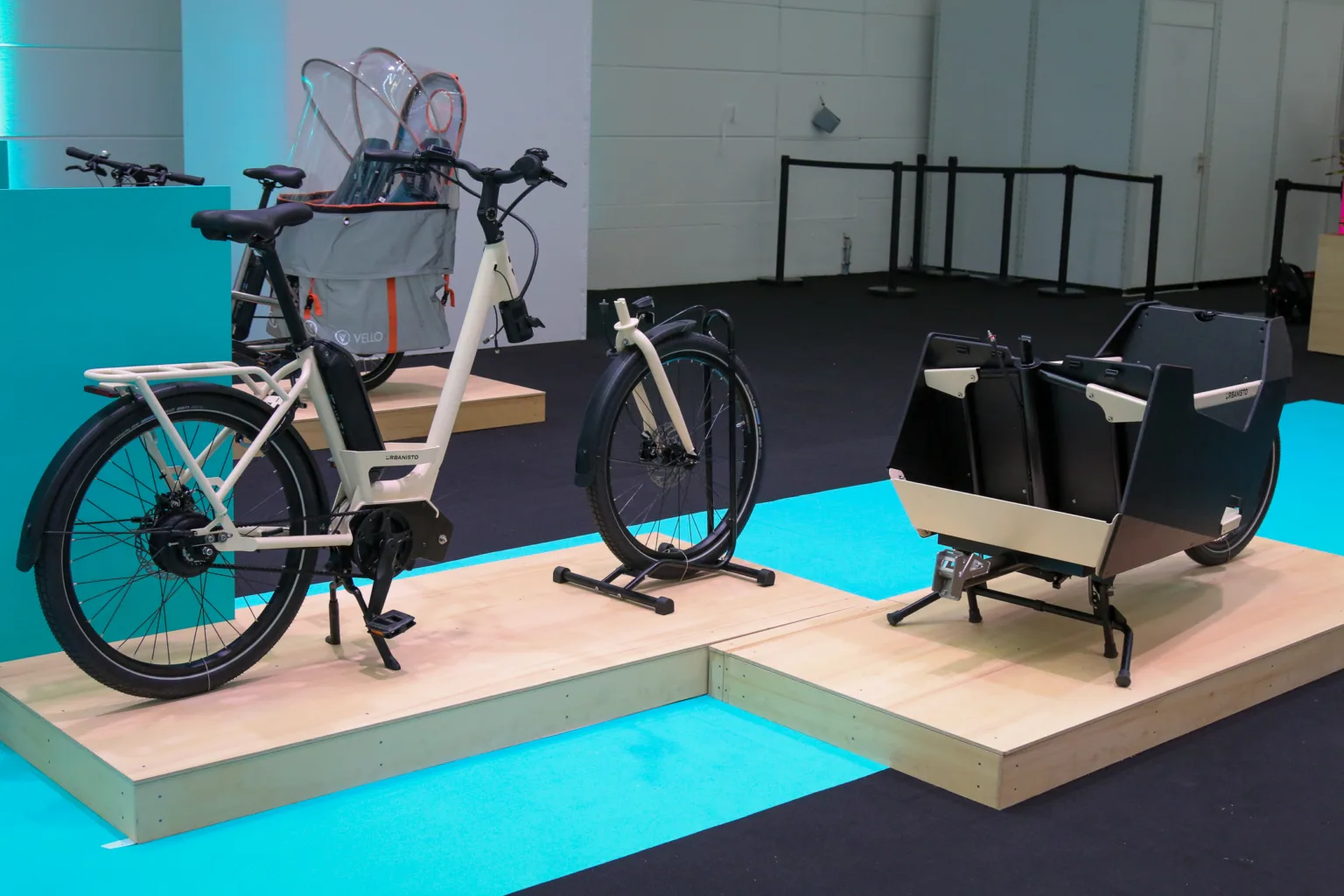

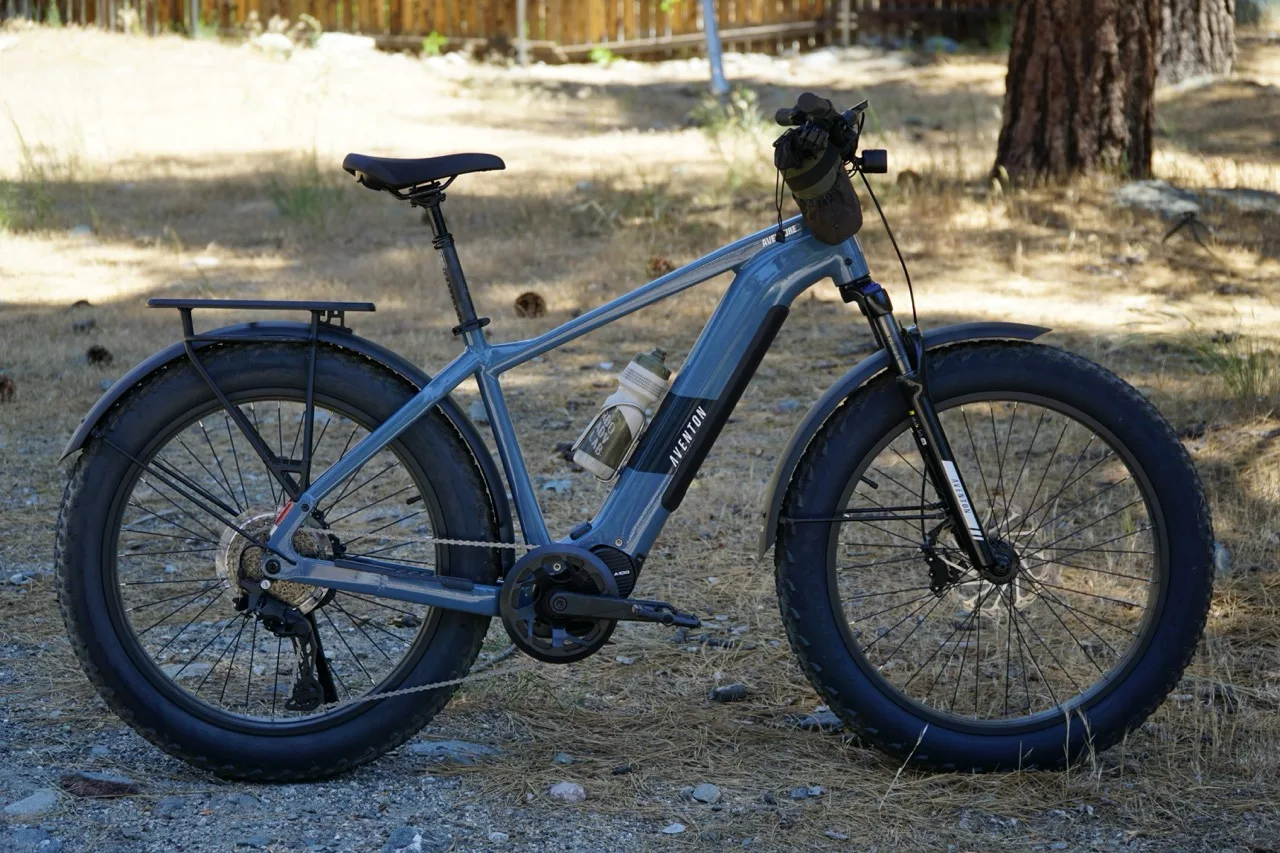
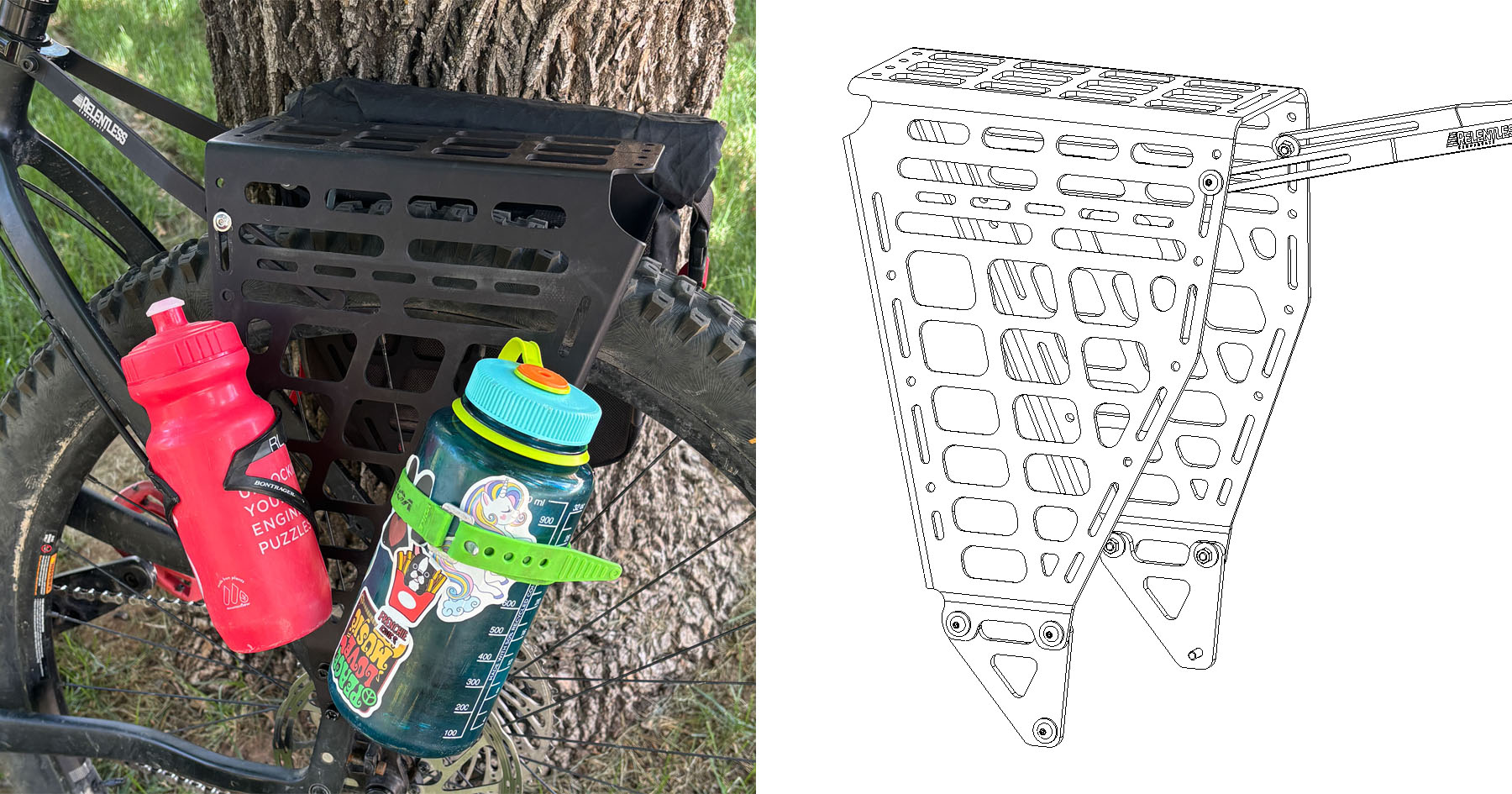
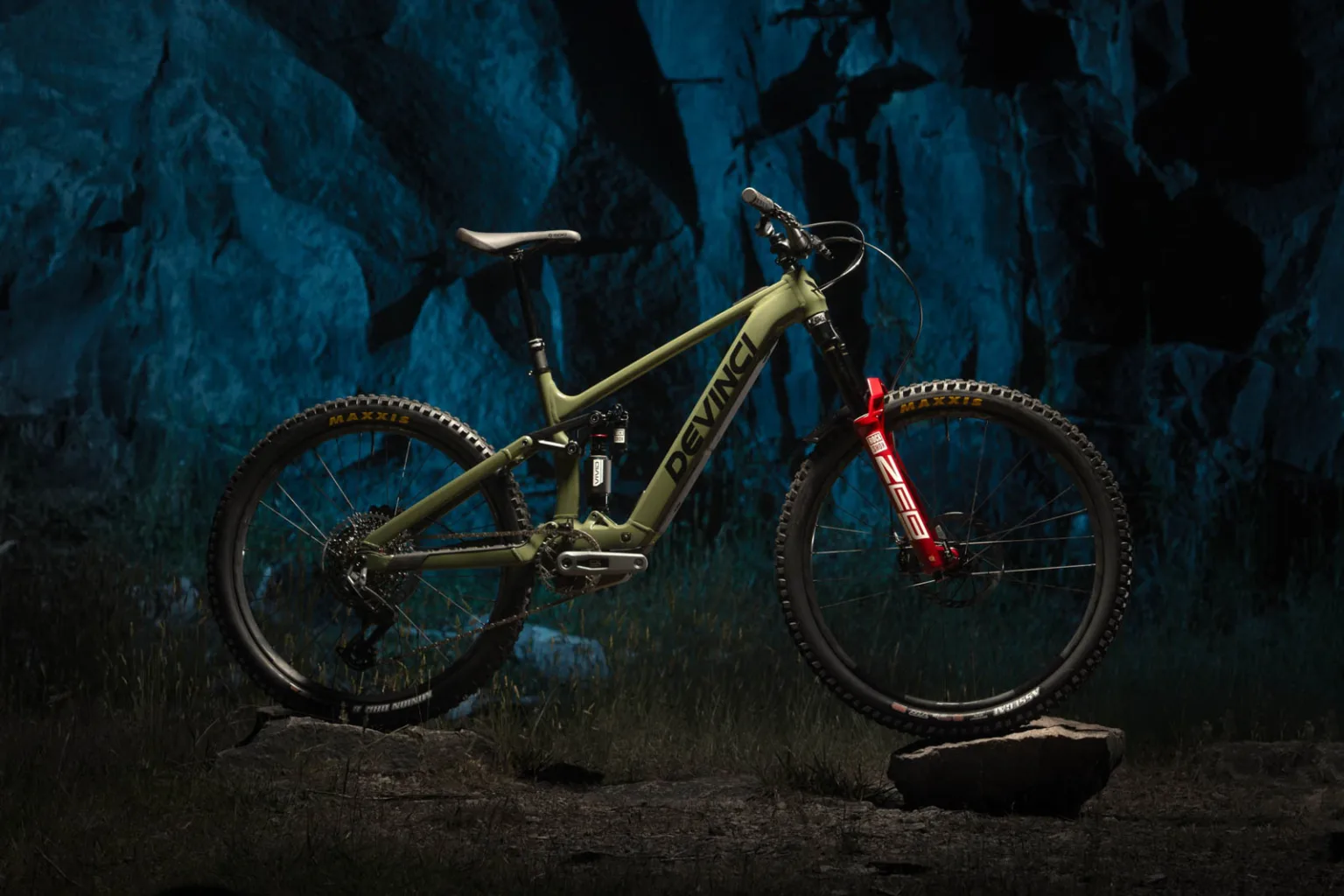

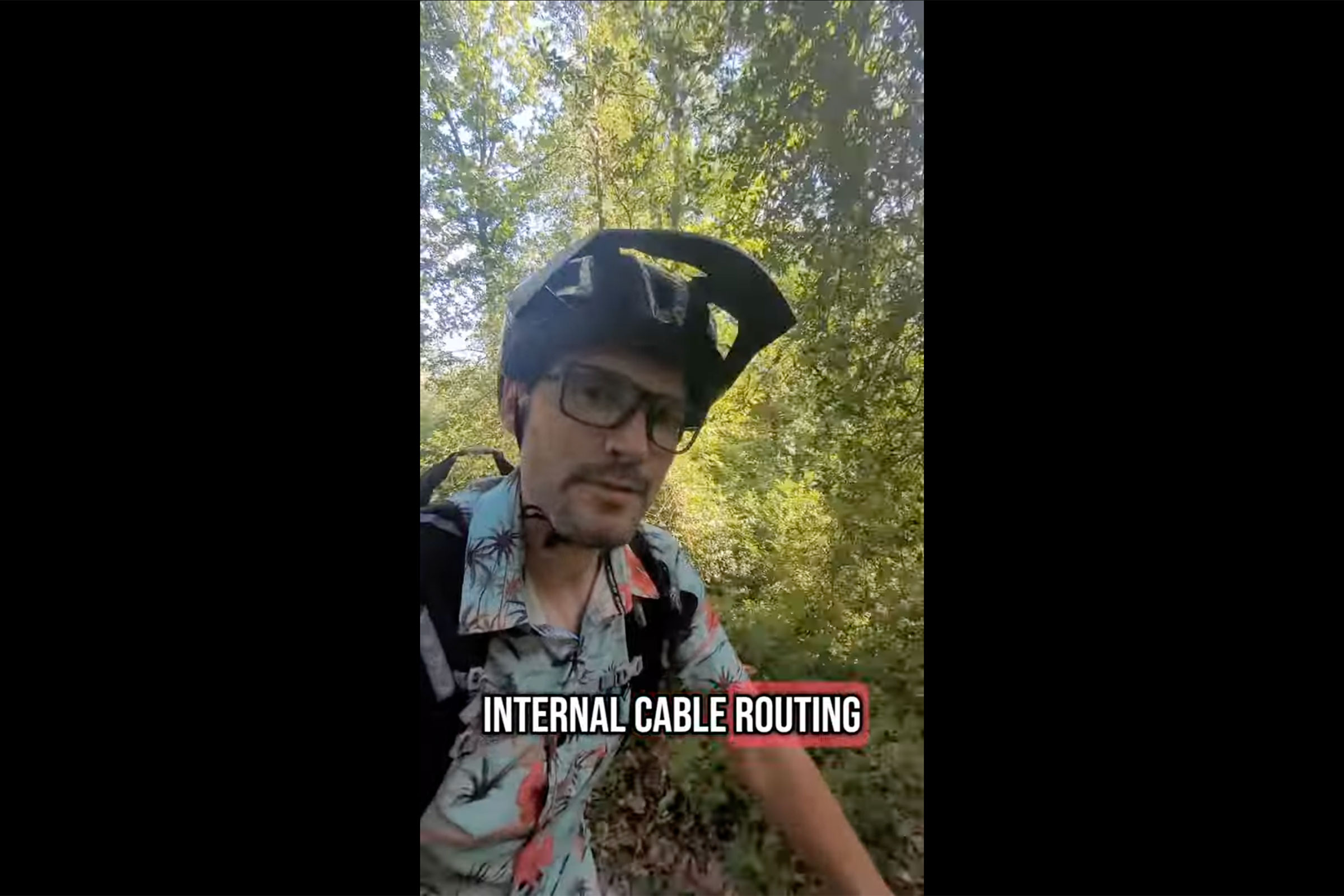


 English (US) ·
English (US) ·  French (CA) ·
French (CA) ·  French (FR) ·
French (FR) ·